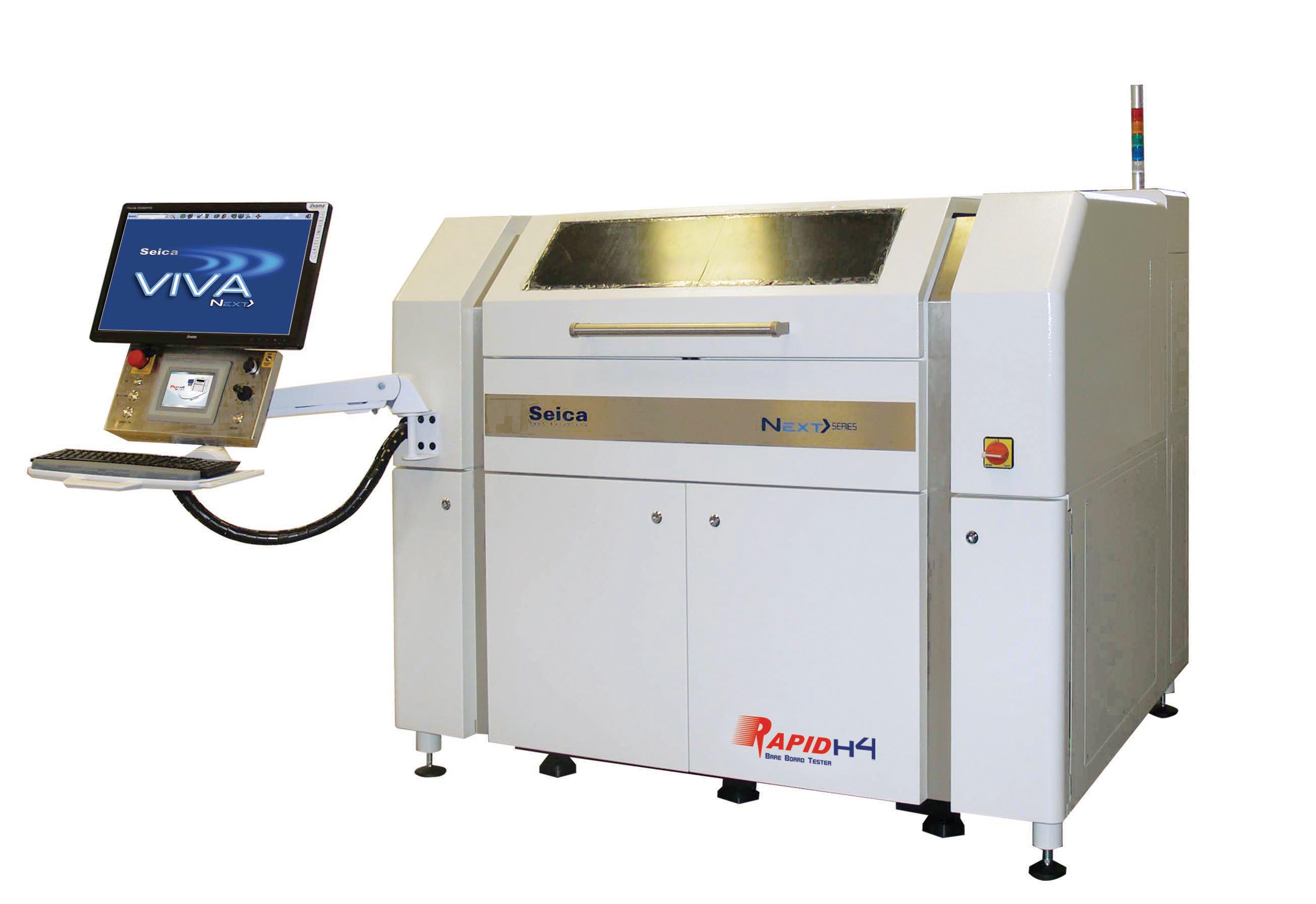
During the last decade, flying probe test have continued to evolve and now offer such a wide range of performances, that it is sometimes difficult for the user to choose the most suitable architecture and configuration.
Born about 30 years ago in the midst of general skepticism, especially from electrical test engineers, flying probe test systems are now considered worldwide as fundamental and essential tools to test all types of of electronic boards. The significant market share that flying probe testers have conquered over the years, is beyond all doubt due to the constant demand for more flexibility and cost savings of electronics manufacturers, always seeking advanced tools and equipment to certify the quality of their products and at the same time cope with the reduced life cycles imposed by a frenetic market constantly eager for news.
The initial prerogative that roused the interest towards flying probe testers was certainly the lack of fixtures dedicated to a specific kind of board and hence the possibility to set up test programs without the recurring costs needed to build up a specific bed of nails destined to die along with the product to be tested. This is still one of the biggest advantages that can make a flying probe system more desirable than a traditional bed of nails in-circuit system. But the “brave” users, or, better, the farsighted ones, who successfully tried out a flying probe system about ten years ago , gradually came to realize their great potential and began to require higher and higher performances, inducing the test systems manufacturers to invest significantly in the research and development of new measurement, mechanical motion and software technologies to enrich the flying probe testers with new functions. This great technological effort has produced results that were inconceivableuntil a few years ago, transforming the flying probe tester used for simple MDA testing of passive components into a real multifunctional test platform, providing the user with several advantages in terms of speed, reliability, fault coverage and cost of test.
However, as often happens when a type of equipment has undergone years of development , and improvements, and becomes a mature technology, the range of offers available become so wide and varied that the choice is made more and more complicated for the end user.
Those that are considering the purchase of a flying probe test system today must make strategically important and often not obvious choicesconcerning the system architecture strictly depending on the test requirements of the customer himself. To choose the most suitable architecture, it is important to know, with good approximation, what and how is to be tested, but it is often enough to have a couple of clear ideas that serve to orient the choice towards the best solution.


